7 Questions with Francesca Bertolotti-Bailey
Photo Credit: Juha Törmälä
Dexter Wimberly interviews Francesca Bertolotti-Bailey, Curator and Editor, and Hayama Artist Residency 2026 Selection Committee Member.
1. You have a background in both economics and cultural policy. How have these fields influenced your curatorial approach, and how do you integrate them into your work with artists, institutions, and broader audiences?
It is hardly impossible for me to separate institutional work from curatorial work. I believe that every single gesture we perform in commissioning, facilitating and supporting artists is a gesture towards the training of the institutional algorithm. Every decision we make is influenced and in turn influences the cultural policy of the context we operate in, and I consider this awareness as a responsibility of the art professional.
2. You’ve recently co-founded DRU+, a design research agency focusing on healthcare, culture, and sustainability. Can you tell us about the motivation behind starting DRU+, and how you envision it making a difference in those fields?
It all started when Ab Rogers Design and their team of over 50 multidisciplinary experts won the Wolfson Economics Prize in 2021 for reimagining the 'hospital of the future'. As part of the outcome and legacy of the prize, Ab Rogers invited me and American neuroscientist Ash Ranpura to develop a new holistic way of solving issues related to healthcare, combining neuro-architecture, ecological thinking and artistic intelligence. We worked for a few years with NHS England advising them on the blueprint of their future hospitals, until recently, when the current UK government dismantled NHS England in an attempt to increase efficiency. We hope that our work in the private sector of care and intergenerational co-living can carry on undisturbed, as we bring new perspectives to enterprises too often siloed and accustomed to short-term solutions.
3. From Kettle’s Yard to the Liverpool Biennial, and from Artissima to Fondazione Pirelli Hangar Bicocca, you’ve worked at a range of institutions across Europe. How did working in these diverse environments inform and expand your understanding of contemporary art and its audiences?
Working at different scales and different contexts taught me how to listen, how to observe, and how to consult. Every situation is different, however the experience in one institution always overlaps with the issues and opportunities in another. Being attentive and responsive, and working in collaboration with every institution's constituencies is integrated in all the work I do.
4. Looking back at your tenure as CEO of Cove Park in Scotland, what did you learn from managing an artist residency in a rural setting, and how did that setting shape the kinds of projects and relationships you were able to develop?
The deepest learning has been around community and ecology. I was legally responsible for the cattle on our estate and felt equally responsible for our coastal communities of people, animals and plants. Most of the programming at Cove Park was turned, during my tenure, into a tool for investigating climate adaptation and environmental restoration. At the same time, the dramatic setting of the residency taught me how to protect certain forms of artistic research and practice from the pressures that inevitably come with 'participation'.
5. Regarding cohabitation, you’ve described it as “in its most exploded sense.” What does that expanded understanding of cohabitation look like in practical terms, and how do you see it shaping future collaborative projects or institutions?
Institutions are tools we artists can use to develop our practice. And of course for some a more academic setting works better and for others a more experimental approach. That said, I think that an advantage to small independent institutions these days is the ability to adapt to a fast changing world. In small non-for-profit institutions such as SOMA we have the flexibility to keep adjusting the curricula to adapt to new conditions. It is easier to keep updated. But of course this great flexibility and freedom comes with the price of fragile economies.
6. The concept of ‘ecologies of time’ sounds both philosophical and deeply practical. How does it manifest in your work, and what do you hope the art world might learn from thinking about time in a more ecological sense?
Very simply put, I believe that being aware and respectful of the inexorability and relativity of time is fundamental to nurture our relation to both the natural and artificial worlds. It is not always about slowing down, it is about universal homeostasis: if I go slow, someone else will have to speed up, and vice versa. Being conscious of time and duration ultimately means choosing how to use our attention. Sometimes being mindful of deep time or cosmic time is less helpful than allowing our collaborators to go at their own pace, less useful than fighting for an artist to have all the production time they say they need, no questions asked.
7. Finally, you’ve worked across Italy, France, the UK, and the US, in both public and private sectors. Based on your experience, what do you predict or hope for the future of cultural institutions and collaborative artistic practices in an increasingly interconnected world?
At this point in time, I really don't feel that our world is increasingly interconnected... Quite the opposite, in fact. I have a sense of fragmentation, isolation and competition taking place institutionally and transnationally. At the same time I acknowledge an increasing divide between the commercial world of mega-galleries and art fairs, and the world of independent collectives and uncompromising artists. For a moment, around ten years ago, the characteristic inequality of the global art world seemed to be regressing, whereas now I see less and less players mingling in the middle. However, institutions are people and people always find ways to align, realign and misalign, if they are courageous enough to uphold their integrity.

